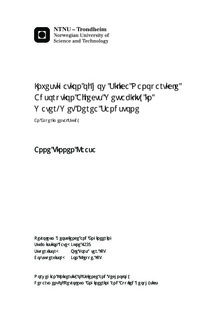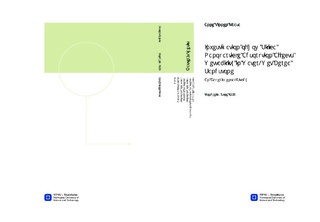| dc.description.abstract | Retention, or nanoparticle deposition, on the walls of porous media has been shown to cause alterations in rock properties, such as porosity and permeability. This thesis investigated the possible alterations in wetting preferences of Berea sandstone as an effect of silica nanoparticle (SNP) adsorption on the pore surfaces. Reservoir wettability governs the behaviour of several physical properties in the pore spaces, making it an important parameter in multiphase fluid flow and more importantly; in petroleum recovery.Through experimental studies, both hydrophilic and hydrophobic SNPs with an average particle size of 7 nm have been tested as wettability changers. Nanofluids with particle concentrations of 0,01 wt. %, 0,1 wt. % and 0,5 wt. % were mixed for each particle type. Hydrophilic SNPs were suspended in 3 wt. % brine and hydrophobic in absolute ethanol. Tests were conducted on pairs of Berea core plugs with compatible porous and permeable properties. The Amott-Harvey method was employed to determine the wetting preferences of the rock, both before and after injection of silica nanofluids. Contact angle measurements by the imaging method were conducted to see how SNPs affect fluid interfaces at a solid surface.Porosity testing showed evidence of particle retention while permeability impairment was only seen for the highest nanoparticle concentrations. This indicated that adsorption was the functioning retention mechanism. None of the nanofluids, regardless of concentration, had any apparent effect on the resulting Amott-Harvey wettability index (WI). However, hydrophobic SNPs affected the rate of spontaneous imbibition. Contact angles between oil, brine and glass was changed due to the presence of SNPs demonstrating that the hydrophilic and hydrophobic groups have the ability to alter the interfacial tensions (IFT) in the system. | nb_NO |

